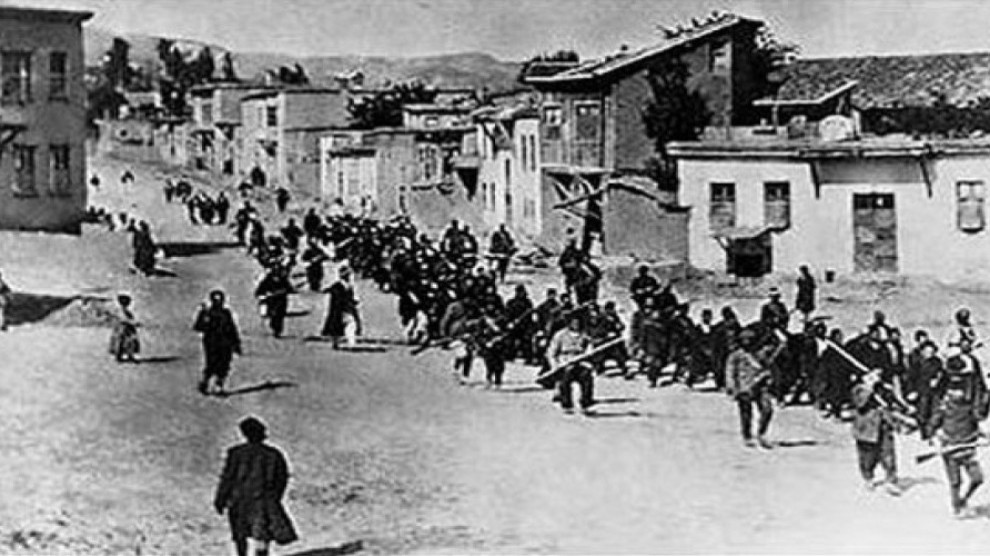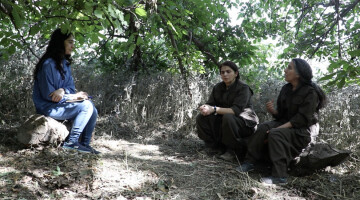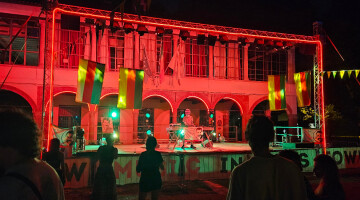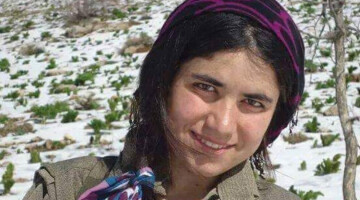In April 1915 the Ottoman government embarked upon the systematic decimation of its civilian Armenian population. The persecutions continued with varying intensity until 1923 when the Ottoman Empire ceased to exist and was replaced by the Republic of Turkey.
The Armenian population of the Ottoman state was reported at about two million in 1915. An estimated one million had perished by 1918, while hundreds of thousands had become homeless and stateless refugees. By 1923 virtually the entire Armenian population of Anatolian Turkey had disappeared.
The Ottoman Empire was ruled by the Turks who had conquered lands extending across West Asia, North Africa and Southeast Europe. The Ottoman government was centered in Istanbul (Constantinople) and was headed by a sultan who was vested with absolute power. The Turks practiced Islam and were a martial people.
The Armenians, a Christian minority, lived as second class citizens subject to legal restrictions which denied them normal safeguards. Neither their lives nor their properties were guaranteed security. As non-Muslims they were also obligated to pay discriminatory taxes and denied participation in government. Scattered across the empire, the status of the Armenians was further complicated by the fact that the territory of historic Armenia was divided between the Ottomans and the Russians.
When World War I broke out in August 1914, the Ottoman Empire formed part of the Triple Alliance with the other Central Powers, Germany and Austria-Hungary, and it declared war on Russia and its Western allies, Great Britain and France.
The Ottoman armies initially suffered a string of defeats which they made up with a series of easy military victories in the Caucasus in 1918 before the Central Powers capitulated later that same year.
Whether retreating or advancing, the Ottoman army used the occasion of war to wage a collateral campaign of massacre against the civilian Armenian population in the regions in which warfare was being conducted. These measures were part of the genocidal program secretly adopted by the CUP and implemented under the cover of war. They coincided with the CUP's larger program to eradicate the Armenians from Turkey and neighboring countries for the purpose of creating a new Pan-Turanian empire. Through the spring and summer of 1915, in all areas outside the war zones, the Armenian population was ordered deported from their homes. Convoys consisting of tens of thousands including men, women, and children were driven hundreds of miles toward the Syrian desert.
The deportations were disguised as a resettlement program. The brutal treatment of the deportees, most of whom were made to walk to their destinations, made it apparent that the deportations were mainly intended as death marches. Moreover, the policy of deportation surgically removed the Armenians from the rest of society and disposed of great masses of people with little or no destruction of property. The displacement process, therefore, also served as a major opportunity orchestrated by the CUP for the plundering of the material wealth of the Armenians and proved an effortless method of expropriating all of their immovable properties.
The government had made no provisions for the feeding of the deported population. Starvation took an enormous toll much as exhaustion felled the elderly, the weaker and the ill. Deportees were denied food and water in a deliberate effort to hasten death. The survivors who reached northern Syria were collected at a number of concentration camps whence they were sent further south to die under the scorching sun of the desert. Through methodically organized deportation, systematic massacre, deliberate starvation and dehydration, and continuous brutalization, the Ottoman government reduced its Armenian population to a frightened mass of famished individuals whose families and communities had been destroyed in a single stroke.
Most of those implicated in war crimes evaded justice and many joined the new Nationalist Turkish movement led by Mustafa Kemal. In a series of military campaigns against Russian Armenia in 1920, against the refugee Armenians who had returned to Cilicia in southern Turkey in 1921, and against the Greek army that had occupied Izmir where the last intact Armenian community in Anatolia still existed in 1922, the Nationalist forces completed the process of eradicating the Armenians through further expulsions and massacres. When Turkey was declared a republic in 1923 and received international recognition, the Armenian Question and all related matters of resettlement and restitution were swept aside and soon forgotten.
In all, it is estimated that up to a million and a half Armenians perished at the hands of Ottoman and Turkish military and paramilitary forces and through atrocities intentionally inflicted to eliminate the Armenian demographic presence in Turkey.
The surviving refugees spread around the world and eventually settled in some two dozen countries on all continents of the globe. Triumphant in its total annihilation of the Armenians and relieved of any obligations to the victims and survivors, the Turkish Republic adopted a policy of dismissing the charge of genocide and denying that the deportations and atrocities had constituted part of a deliberate plan to exterminate the Armenians.
(Compiled with information from the Armenian National Institute)














